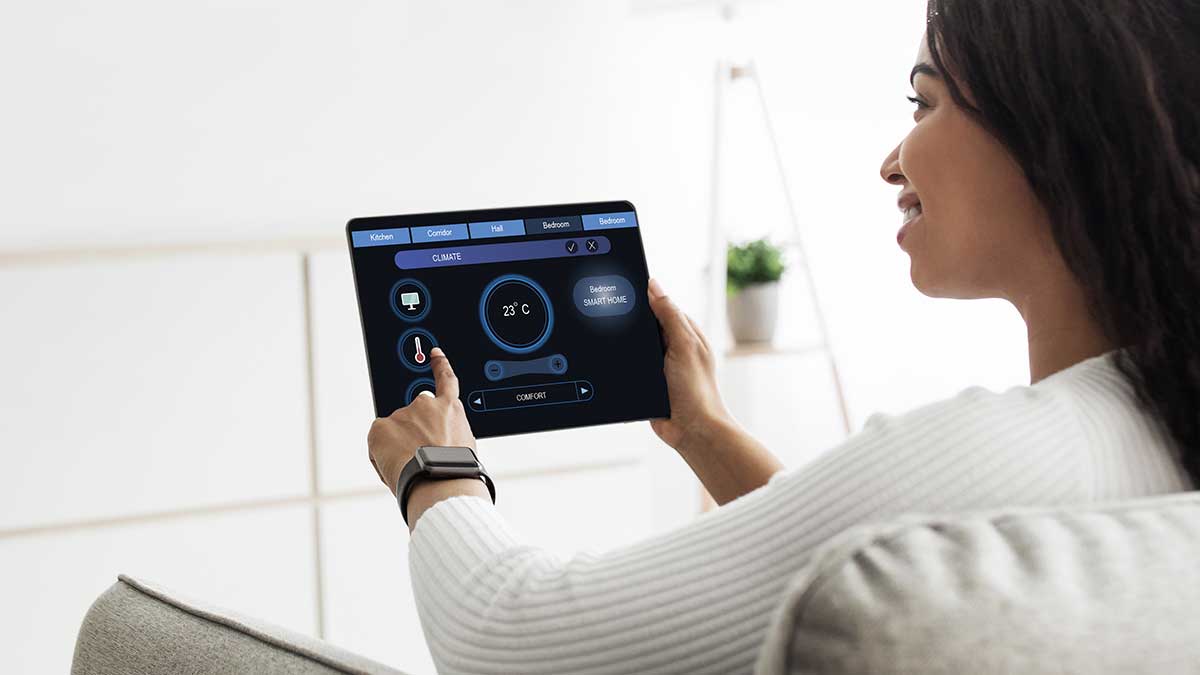The combination of big data and IoT creates new business opportunities and tremendous business value for all businesses. Data science and IoT analysis are key to unlocking all the potential value of this new IoT data.
Enterprises are accelerating IoT analytics to handle large amounts of data. They also seem to be able to deliver zero-latency exploration to IoT information that was previously saved and kept in the dark.
The Convergence of IoT and Big Data
IoT has become a business requirement over the last decade. Interconnectivity between mobile devices and conventional computers has sparked curiosity about other non-internet-enabled devices and everyday objects, such as automobiles and toaster ovens.
IoT is an integral part of the economy. The use of IoT is evident in emerging fields like Industrial Internet of Things and the web of wearable IoT devices.
Large data is a key component of IoT’s explosive growth. Besides, IoT data analytics can help enterprises discover new value as they grapple with new technologies to capture the volume, velocity, and variety of their data.
Business Intelligence (BI) and data visualization solutions continue to deliver new insights and new ways to solve old problems. Enterprises recognize IoT as the next great frontier in big data analytics and are able to extract more value from their growing data lakes and data warehouses.
IoT is now synonymous with large data. These two technologies have converged to create new business opportunities and business value that drives innovation in every industry. These two technologies continuously stream the world thanks to new sensors and instruments.
An estimated 4.4 trillion GB of data was expected to be created in 2020. This data’s value was already immense back then, and it will only continue to increase. Today’s challenge is this data’s visualization and analytics at scale.
Latency Kills IoT Data Analytics
The exponential growth in data streams brings new challenges. These include analyzing and visualizing large amounts of that data. Most spreadsheet programs can only handle 100,000 rows. Although mainstream IoT analytics apps are capable of larger scale, the query times can be quite slow.
Analysts and data scientists can wait up to five minutes for queries to return. Because of the rapid growth of IoT, the volume of data has outpaced the advancement of computing power.
This is crucial in data science and IoT since analysts and data scientists are becoming more reluctant to run queries during the waiting period. Their data exploration is interrupted, and their thought processes are impeded by yet another trip to Starbucks. However, another query slowly comes to life.
It is frustrating and completely antithetical to the analysis procedure. Hypotheses can go wrong. Data goes unexplored. Therefore, data engineers have found ways to bypass the CPU processing limits regarding these long wait times. To extrapolate the benefits, they either take averages or sample small portions of data.
This is completely inappropriate for the whole world of IoT data. There is great value in single locations and timing events. These events are not lost on bad data science.
A growing number of data scientists and data engineers are realizing the limitations of CPUs. They are turning to graphics processing units (or GPUs) to accelerate the IoT data process at an incredible scale.
Accelerated Analytics
Enterprises are now able to unlock new business opportunities around data that is too large or too fast to analyze with the switch from CPU-based analytics solutions to GPU-based ones.
The inherent spatiotemporal component to IoT data as well as the ability for GPUs to plot billions and leave complex polygons increase the business value of accelerated analysis on IoT analytics usage.





